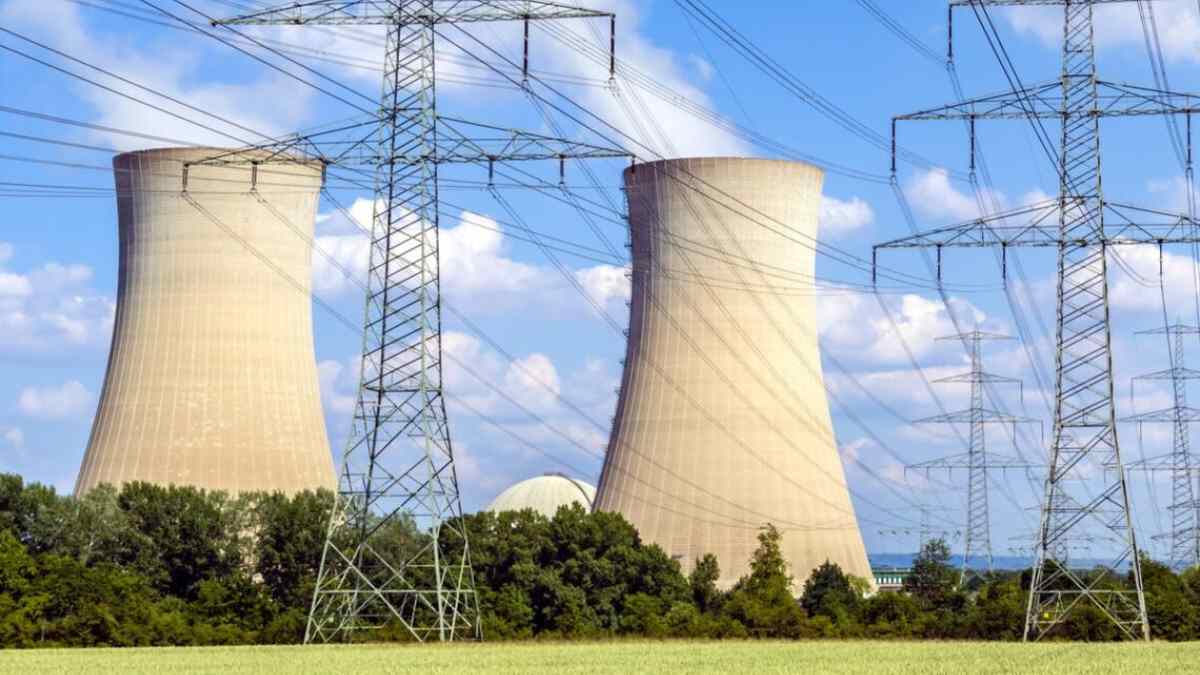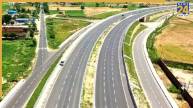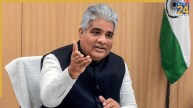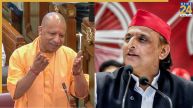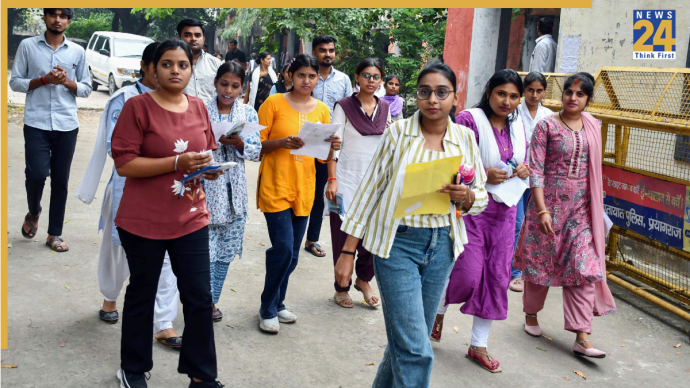Will India become a superpower in manufacturing and harnessing electricity from small nuclear reactors? How will the Bharat Small Nuclear Reactors or BSRs prove to be the future of energy keeping in mind less investment, easy installation, portability and climate-friendly technology? How will these plants help the world fight climate change and global warming?
50 Small Bharat Nuclear Plants On Anvil
India set the balls rolling for this high-end technology in July when Finance Minister Nirmala Sitharaman unveiled plans to develop the 220-megawatt Bharat Small Reactor (BSR) under the Private-Public Partnership (PPP). Elaborating on the issue, Tata Consulting Engineers CEO Amit Sharma said in August that the company would collaborate with the Department of Atomic Energy (DAE) on the BSR project. The Tata firm will set up 40-50 Small Bharat Nuclear Plants for a decade.
Heavy Water Reactors To Be Redesigned
Talking about the small reactors, former India’s Atomic Energy Commission Chairman Anil Kakodkar said the 220-MW pressurized heavy water reactors (PHWR) would be redesigned to make small nuclear reactors. Heavy water reactors have been in operation since the early 1980s.
What Are Small Modular Reactors?
The small Bharat nuclear plants would be made on the lines of Small modular reactors (SMRs). The SMRs are advanced nuclear reactors, with a power-generating capacity of up to 300 MW(e) per unit, about one-third of the generating capacity of traditional nuclear power reactors.
These power plants are called ‘small’ because they are just a fraction of the size of a conventional nuclear power reactor. They are ‘modular’ in they can be factory-assembled and transported as a unit to a location for installation. They are reactors as they are for harnessing nuclear fission to generate heat to produce energy.
The Small Modular Reactors have the advantage of that these can be installed into an existing grid or remotely off-grid. These can function in smaller electrical output, and provide low-carbon power for industry and the population.
What Are Microreactors?
The SMRs can be further developed into microreactors, a subset of SMRs that can generate electrical power up to 10 MW(e). These microreactors have smaller footprints compared to the SMRs. These are suited for regions inaccessible to clean, reliable and affordable energy.
Why Are SMRs Preferred?
The SMRs have the advantage of simpler designs, besides the safety concept being more on passive systems and inherent safety characteristics of the reactor, such as low power and operating pressure. These reactors also have the advantage that no human intervention or external power or force is required to shut down systems.
IAEA Approves SMRs
The International Atomic Energy Agency (AIEA) has taken steps to make the SMRs more popular and viable. It has set up a one-stop shop for countries to coordinate support. The Platform On SMRs And Their Applications is to handle all aspects of SMR development, deployment, oversight and their electric and non-electric applications.
How Are BSRs Different From SMRs?
However, Kakodkar had made it clear that the small Bharat nuclear reactors are different from the other SMRs in the sense that most of the world’s SMR projects involve designing brand new reactors, while India’s BSR program is simply an update of the already mature 220-MW PHWR technology. There are already 14 units operating at five sites around the country.
Too Ambitious Plan?
While the Government of India has financed, the government-owned Nuclear Power Corporation of India Limited (NPCIL) will take care of its design, construction and operation.
India has made plans to generate 20,000 MW of electricity from small reactors by 2020. However, the current capacity is pegged just at 8,000 MW. Secondly, the entire project seems too ambitious and it appears that the scale and timeline of the new BSR deployments is not feasible.

